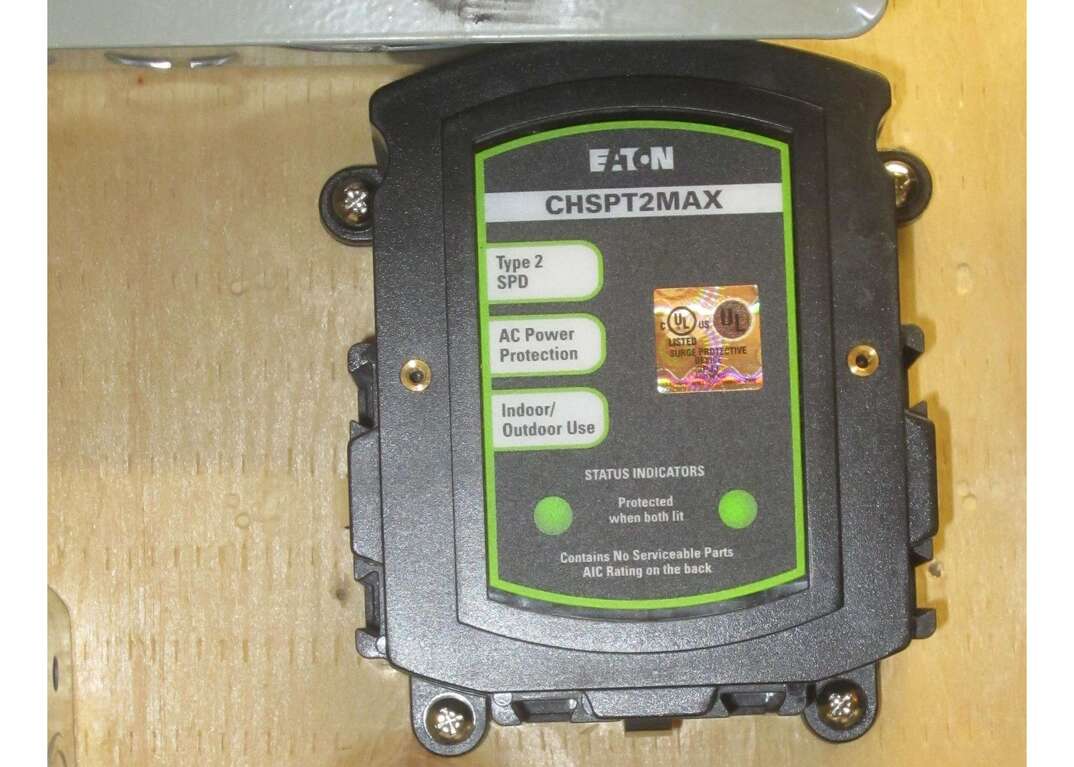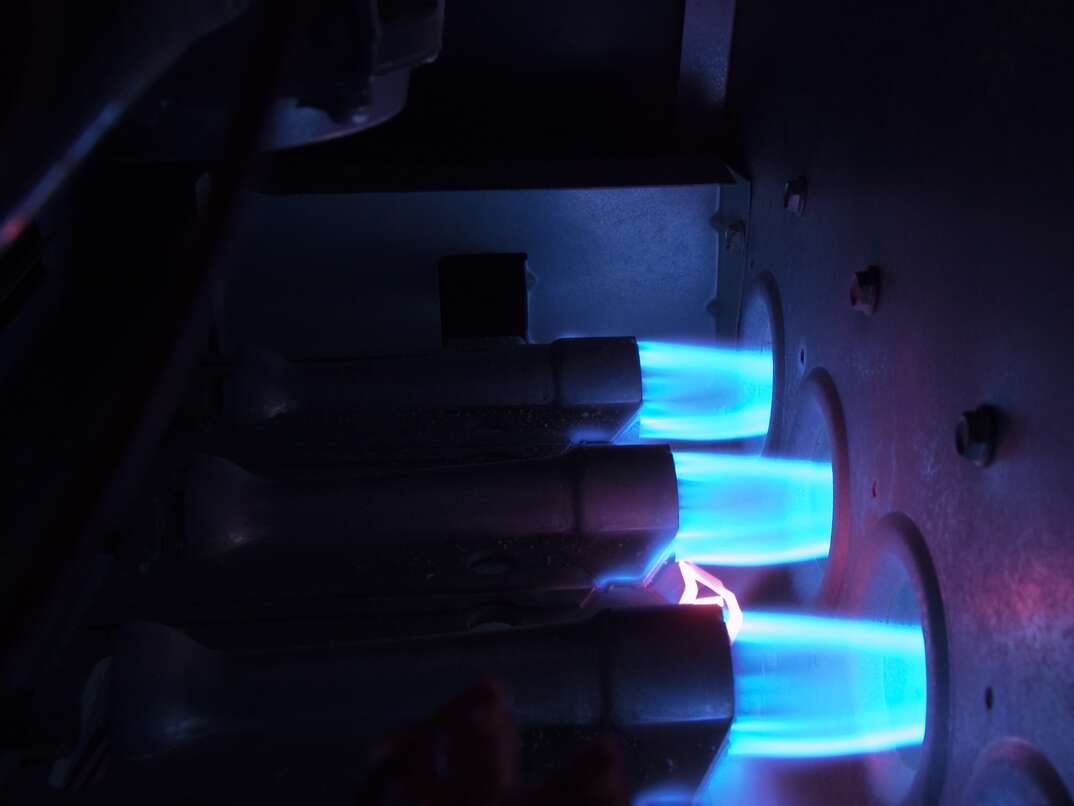Recessed Lights or Ceiling Lights? Here's How to Choose What's Best for Your Space
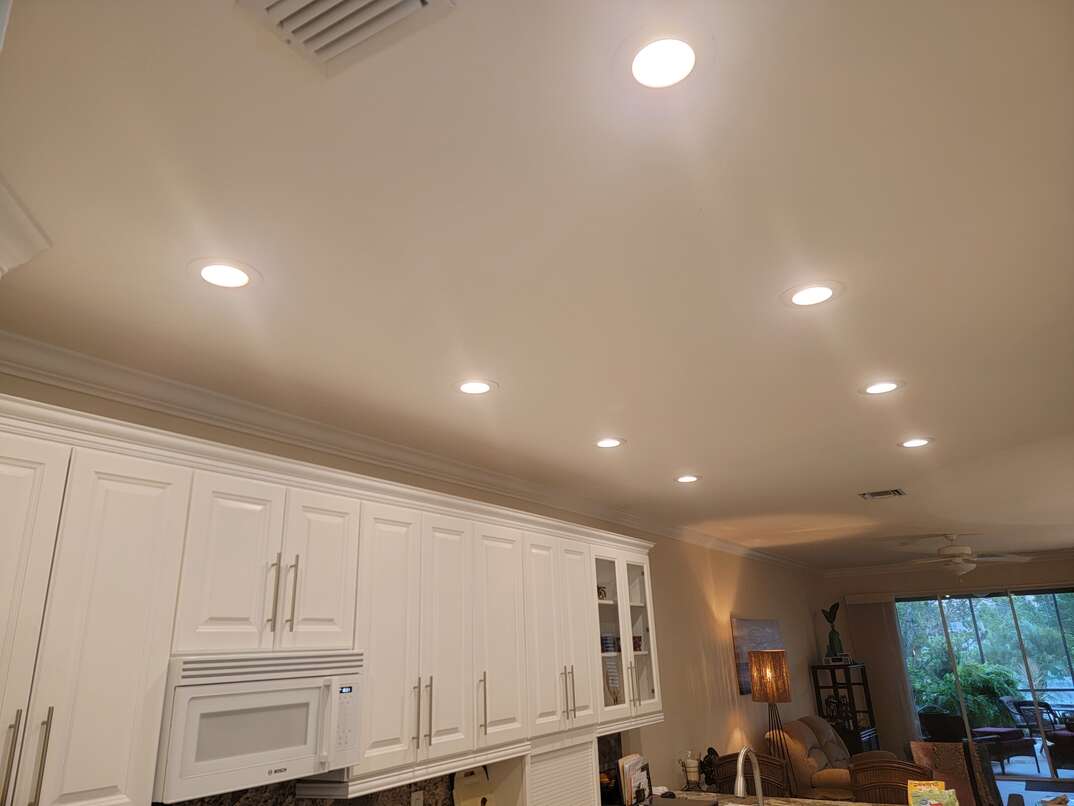
HomeServe photo by Matt Schmitz
Lighting is a very important part of a space’s design, for both functional and aesthetic purposes. You want your lights to serve a purpose, but they can (and should) be another aspect of your decor as well. When going light shopping, the selection can be overwhelming — not only in the sheer number of styles, but also in type.
This May Also Interest You: How to Install Recessed Lighting
In this article, we’re going to discuss the differences between recessed lighting and ceiling lights and when and why you may want to consider each one.
What's the Difference Between Recessed Lights and Regular Ceiling Lights?
First, let’s define these two types of lights. Recessed lights are basically lights set into the ceiling. They typically have a metal housing that you may or may not see. Ceiling lights, on the other hand, are attached to the ceiling and hang down in some form or another.
Which one you choose will depend on factors like the size of the room, the height of the ceiling, the purpose of the room and what type of lighting you require. The room’s interior design comes into play here as well. If you don’t want your lighting to be part of the decor, choose recessed lighting. Ceiling lights can become the focal point of a room, depending on the fixture you choose.
When to Choose Recessed Lights
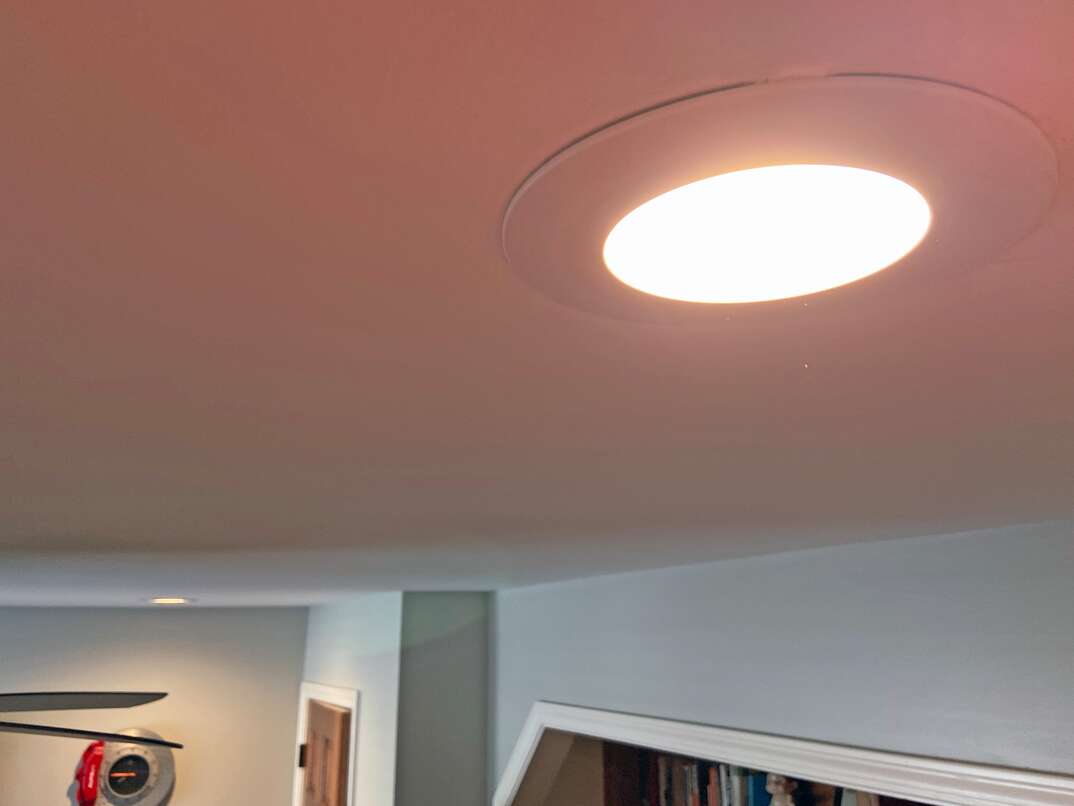
HomeServe photo by Eric Rossi
Let’s discuss the pros and cons of recessed lighting. Recessed lighting works and looks best in smaller rooms and rooms with low ceilings as the lights don’t take up much space. If your decor is minimalist, recessed lighting is a good choice as it’s sleek, and you don’t really see much of the actual light. They are good for spotlighting items of interest, like art, or for providing direct light in areas such as small reading nooks.
If your room is large and you need to light up a lot of it, recessed lighting may not be the best choice. You will need a lot of recessed lights to properly light a big room. As you don’t really see recessed light, if you are looking for a decorative element, they won’t provide it. Recessed lights can also be more expensive and difficult to install.
When to Choose Ceiling Lights
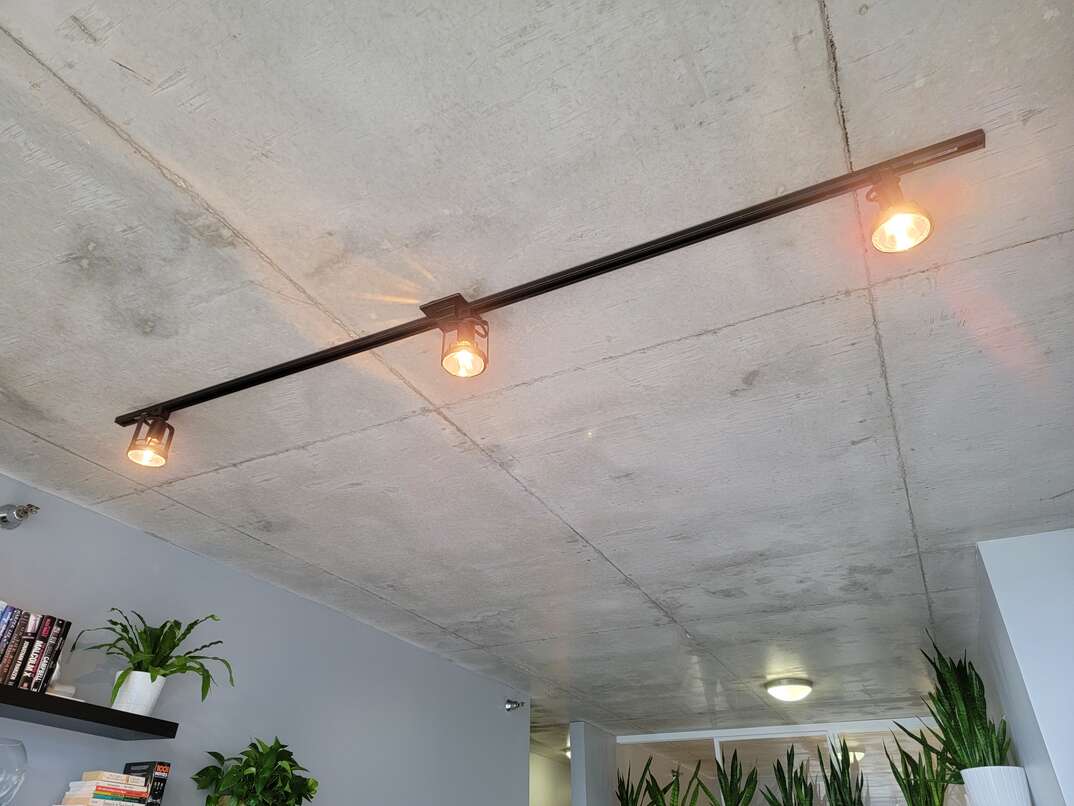
HomeServe photo by Matt Schmitz
The biggest reason to choose ceiling lights is for their aesthetic effect. Contemporary or classic, minimalist or maximalist — you’ll find a ceiling light to highlight your decor. Remember, ceiling lights will hang down from the ceiling anywhere from a few inches to a few feet. Ceiling lights are best for large rooms and especially rooms with high ceilings. They will cast light over a large space compared to a recessed light, which has a narrower focus. If you do have a large space that needs to be lit, you may only need one or two ceiling lights to get the job done, compared to many more recessed lights. However, if you choose to go with only one ceiling light, it might leave dark corners in some spaces.
More Related Articles:
- Getting the Hang of It: How to Install Pendant Lighting
- How Much Does It Cost to Install Different Types of Decorative Lighting
- Do Light Fixtures Add Value to Your Home?
- How to Install LED Strip Lights: A Step-by-Step Guide
- How Much Does It Cost to Install Recessed Lighting?
Types of Lighting
Recessed and ceiling are the two main terms you’ll see in terms of broad categories for lighting. But there are other names you should be aware of. Ceiling lights may be called chandeliers, pendant or solitaire lighting. Track lighting is also a form of ceiling light, as is a ceiling fan with a light fixture. You may also see flush- or semi-flush-mount lighting.
For recessed lighting, you may see terms such as can lights, pot lights or high-hat lights. If you are looking for something between a ceiling light and recessed light, consider a flush mount. Flush mounts are attached directly to the ceiling and shine light downward, like recessed lighting. However, there is a decorative element to them in the form of the light’s body, which is seen. They also tend to be easier to install than fully recessed lights.
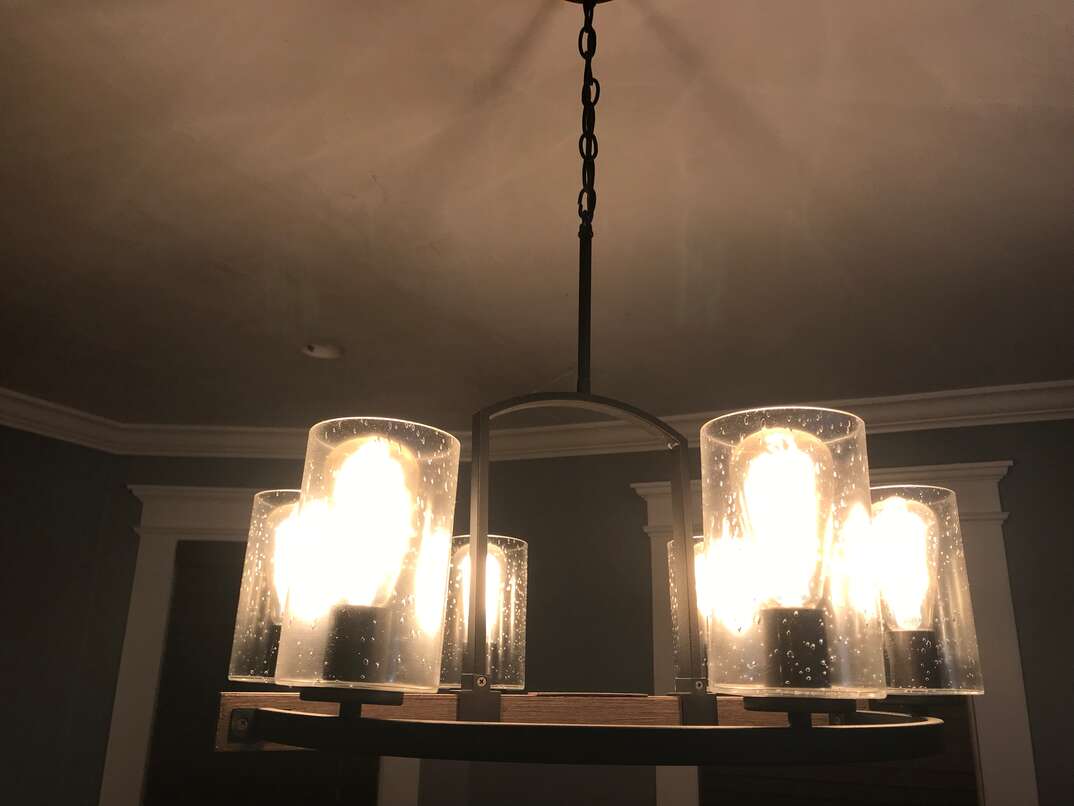
Where Does Recessed Lighting Look Best?
You can put whatever type of lighting you want in whatever space you desire — it’s your home, after all! However, when considering functionality and aesthetics, recessed lighting typically works best in kitchens, hallways and basements. Ceiling lights work well in foyers, dining rooms, over kitchen islands and in bedrooms. If your space is large and serves different functions, it’s perfectly acceptable to use a mix of ceiling and recessed lighting. Choose a beautiful chandelier for your main light, then add recessed lighting to corners or other spaces when more focused light is needed.
